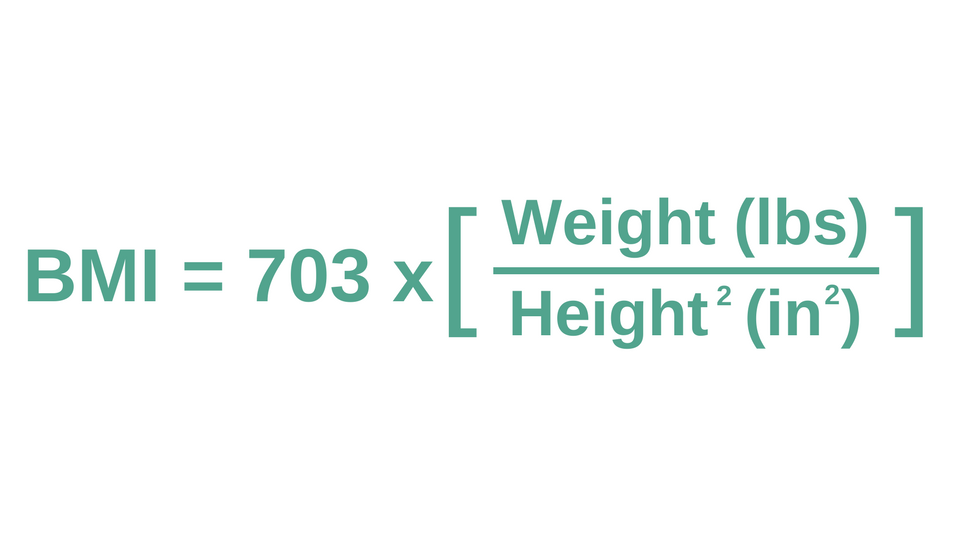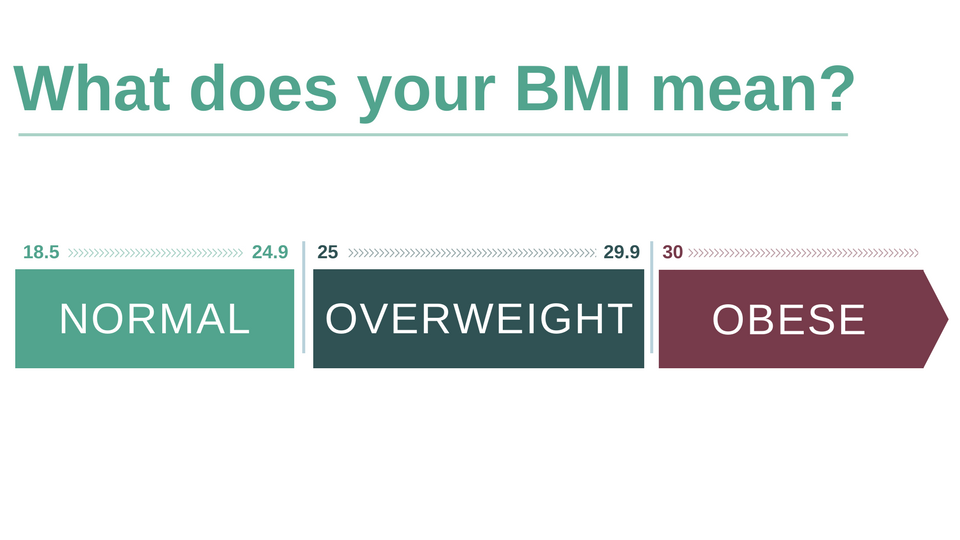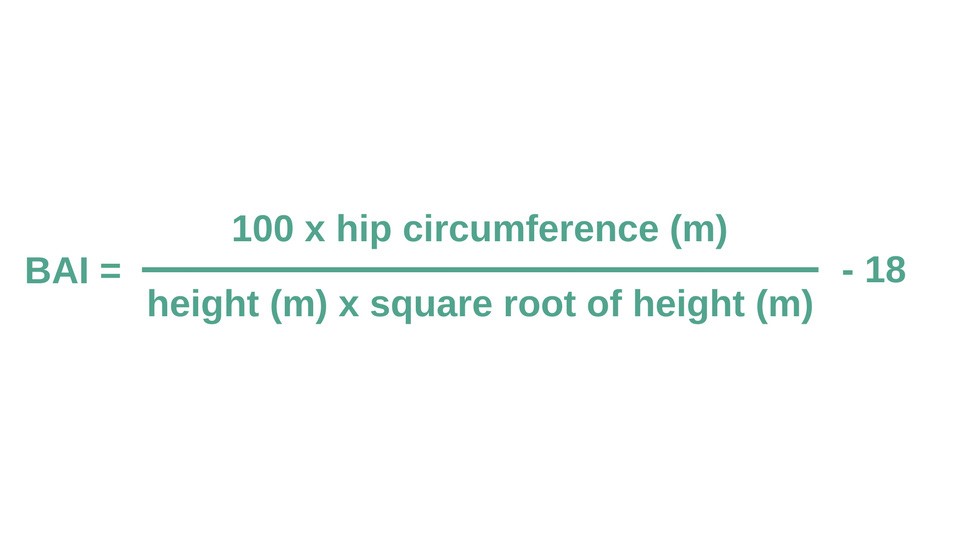How to Find Your Healthiest Weight

It’s nearing the end of January — have you made any progress on your New Year’s resolutions? One of the most common resolutions is weight loss, but understanding how to find and maintain your healthiest weight is important to achieve the best and most sustainable results for your body.
In 2016, 32.8 percent of Oklahoman adults were obese, ranking Oklahoma ninth in the nation for high obesity rates. Also, Oklahomans are suffering from high rates of obesity-related health issues, such as hypertension and diabetes (according to the CDC, more than 1 in 10 Oklahomans has diabetes. For people over the age of 65, Oklahoma has the highest rate of diabetes in the U.S.).
Weight loss isn’t just about achieving your perfect beach body. It’s about maintaining a high quality of life, preventing obesity-related health conditions and being your best self. So, what is considered a healthy weight, and how can you not only achieve that weight but maintain it long term?
What is a healthy weight for your body?
There are a variety of ways to determine whether you are in a healthy weight range for your height and body type. Remember, many of these tools can be inaccurate, so take your results with a grain of salt and always consult your physician for guidance if you have questions.
Body Mass Index (BMI)
Body mass index, or BMI, is one of the most commonly known ways to determine whether you are in a healthy weight range. To calculate your BMI, multiply your weight in pounds by 703, then divide that number by your height in inches squared.
According to the National Institute of Health, a BMI of 18.5 to 24.9 is normal, 25 to 29.9 is considered overweight, and a BMI of 30 or above is obese.
Measuring your BMI can be a helpful way to gauge whether your weight is normal for your height. However, BMI is not always accurate because it does not account for your body type or body fat percentage.
Body adiposity index (BAI)
Body adiposity index, or BAI, approximates a person’s body fat by calculating the size of the hips in comparison to his or her height using the formula below. However, like BMI, BAI can be inaccurate in its measurement of body fat percentage.
Hydrostatic weighing
Hydrostatic weighing, or underwater weighing, is a method that estimates body composition based on body density, which can be measured under water. This method is considered very accurate, but the test must be administered by a professional and access to it may be limited.
Dual-energy X-ray absorptiometry (DXA)
A DXA scan is used to measure bone mineral density, but can also be used to approximate total body composition and fat content. This test uses advanced technology for accuracy. DXA scans are offered at medical facilities and some health centers, so they are easy to find but can be expensive.
Tips for achieving a healthy weight
Whether you’re slightly overweight, underweight or obese, nutrition and physical activity are key to achieving a healthy weight.
Caloric balance is essential to achieving a healthy weight. This means the number of calories you consume in a day should be balanced with the number of calories you use in a day for exercise and normal human functions like breathing and digestion. If you are trying to gain weight, you will need to consume a slight caloric surplus over a designated period of time. On the other hand, if your goal is to lose weight, you will need to consume a slight caloric deficit to achieve an optimal weight.
However, there are also a variety of factors that contribute to a person’s weight, including genetics, metabolism, age, stress, medical conditions (like hypothyroidism) and certain medications.
No matter your healthy weight goal, there are a few steps you can take to set yourself up for success.
- Identify healthy habits you can start immediately. Maybe it’s eating more fruits and vegetables, snacking less or exercising more: identify a few small, healthy habits you can add to your daily life right away. Make a commitment to stick with those habits.
- Set realistic goals. Write down your ultimate goal for a healthy weight, but also set realistic, smaller goals of how much weight you can lose or gain each week or month. This way you can stay motivated to reach smaller, more attainable goals as you go. If you don’t know what a realistic goal is, talk to your doctor or personal trainer to help you establish safe, realistic goals.
- Establish regular check-ins. Holding yourself accountable to your goals can be challenging. Establishing a regular, scheduled check-in, either with yourself, a trainer or your dietitian, is essential to staying on track. If your goal is to lose a certain number of pounds, you should be weighing yourself every week to two weeks. If you’re keeping a food diary of everything you’re eating, take 30 minutes each week to review your food diary and see where you can improve. Remember, these check-ins are an opportunity to celebrate your successes as well!
- Build a team. You don’t have to travel this journey alone. If your friends and family aren’t holding you accountable, hire a dietitian, personal trainer or therapist to guide you through this process. If you have other factors affecting your weight, like a health condition, be sure to consult a specialist who can work with you to achieve a healthy weight.
- Practice patience. Gaining or losing weight can take time, and establishing a healthy relationship with nutritious foods and an active lifestyle will not happen overnight. Remember, it’s okay to make mistakes. Be patient with yourself and keep your eye on the long-term benefits of achieving a sustainable, healthy weight.
How to maintain a healthy weight
No matter your goal, once you’ve achieved a healthy weight, it’s important to maintain that weight over time. If you lost or gained weight slowly, it will be easier to sustain that weight loss over time.
The best way to maintain a healthy weight is to keep doing the activities that helped you achieve that weight in the first place, while slightly adjusting your caloric intake to reflect your new goal of maintaining your current weight.
Rather than consuming a caloric deficit or surplus, you’ll need to achieve caloric balance — meaning you consume the same number of calories as you use in a day. Finding caloric balance can be tricky, so you may want to consult a dietitian to help you through this stage.
INTEGRIS Weight Loss Center
If you’re struggling with obesity, you are not alone. The INTEGRIS Weight Loss Center offers seminars, nutrition guidance and surgical procedures to help you achieve and maintain a healthy weight.



